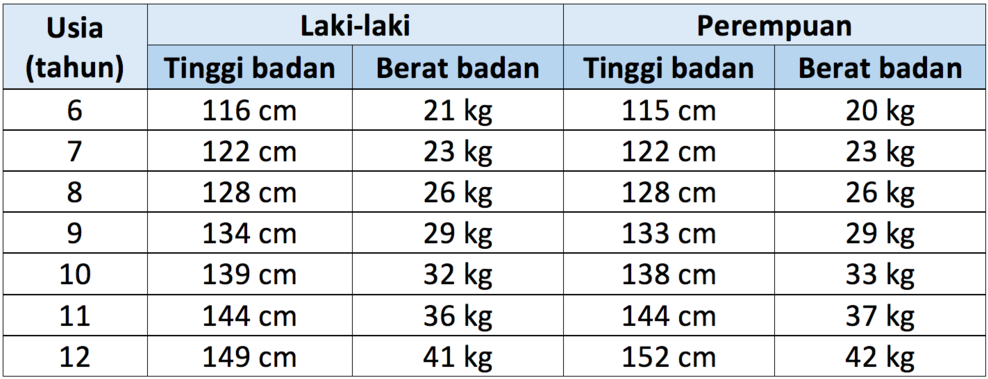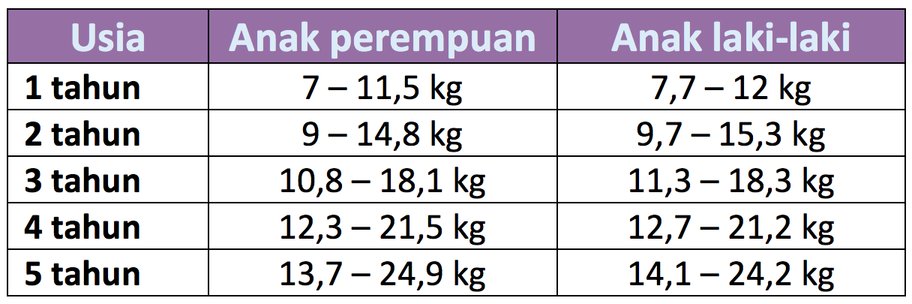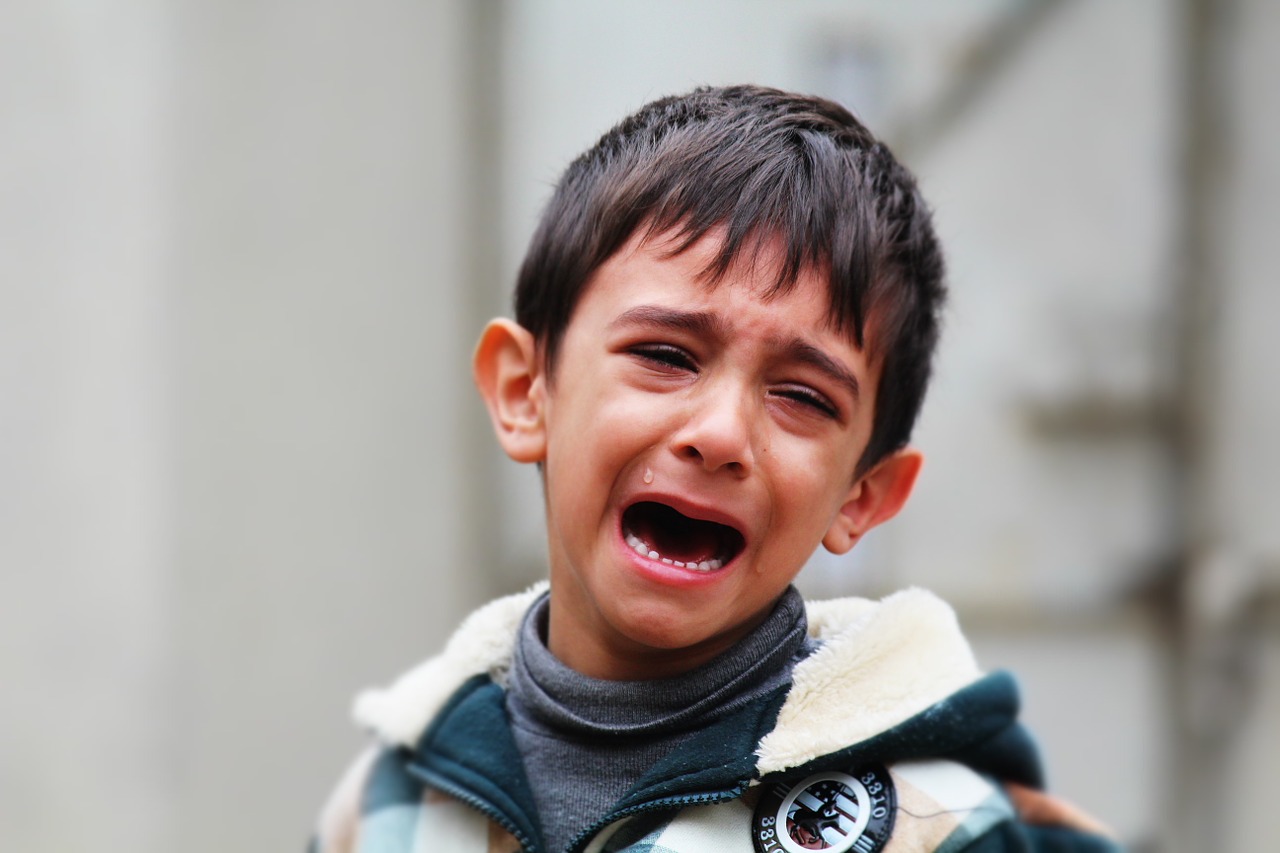Contents:
- Medical Video: Child Obesity : How to Prevent Obesity in Children
- Overview of obesity in children
- To what extent can children be considered overweight (obese)?
- What are the signs and symptoms of obese children?
- What are the health risks that may be experienced by obese children?
- How to prevent and overcome obesity in children?
Medical Video: Child Obesity : How to Prevent Obesity in Children
Every parent wants to make sure their child eats a lot to grow into a healthy child. However, not always fat children are always healthy. Many health risks that may occur if the child is overweight. So, what are the risks faced by obese children and how do parents know if their children are obese?
Overview of obesity in children
There are many factors that cause childhood obesity. The most common things are genetic factors, lack of physical activity, unhealthy eating patterns, or a combination of these three factors. However, there are special cases, such as medical problems (endocrine hormones) that can cause children to become overweight.
According to data from the World Health Organization (WHO) in 2016, the number of children under the age of 5 who are overweight reaches more than 41 million children worldwide. Half of this obese child population comes from countries in Asia, including Indonesia.
According to the Republic of Indonesia Ministry of Health report, most cases of obesity in Indonesian children are found in the age range of 5-12 years. The Ministry of Health's Basic Health Research (RISKESDAS) data shows a dramatic increase, from 18.8% of cases of obese children in 2007 and then surging in 2013 to 26.6%.
To what extent can children be considered overweight (obese)?
The ideal body weight for each child is different. Ideally the child's weight will continue to rise following the increase in height. However, just as an illustration, you can pay attention to the table's average height and weight based on the age below. The following data are obtained from the Center for Disease Control and Prevention (CDC), which is equivalent to the Directorate General of Disease Prevention and Control in the United States.
To determine who is in the healthy and unhealthy weight category, a BMI calculation is required. The body mass index aka BMI compares your body weight to your height, calculated by dividing your body weight in kilograms with your height in meters squared.
If the results of the calculation of your child's BMI are in the range of 23-29.9, this means that your child is overweight (obesity tendency). While if the results of the calculation reach 30 and above, your child has entered the obesity group. To make it easier for you to find out your child's BMI number, Hello Sehat has provided a special BMI Calculator page that you can try. BMI calculation is only valid for children over 5 years.
For children less than 5 years old, the ideal body weight is measured through a curve designed by the Indonesian Ministry of Health as below:
A child's weight that is more than the range indicates that the child is overweight or obese.
What are the signs and symptoms of obese children?
There are no definite signs or symptoms of obesity in children. Indeed, basically children will look fatter and bigger than other children his age. Even so, the spread of body fat can vary in each child. Moreover, your child may indeed have a genetically large body posture.
The only way to ascertain whether your child is overweight is to routinely check the child to the doctor or health center to monitor his height and weight according to his growth chart in KMS. If the chart has followed the green line it means your child has a normal weight, but if it is above the green line it means that the child has excess weight.
In Indonesia, children can be said to be obese if the ratio between the weight and age of the child reaches more than 3 standard deviations listed on the Health Towards Card (KMS) that you have.
What are the health risks that may be experienced by obese children?
Do not underestimate the child's weight that is not ideal. Children and adolescents who are overweight or obese will be more prone to diabetes (diabetes), high cholesterol, heart disease, high blood pressure (hypertension), to cancer when they grow up later.
Other health complications from obesity in children can also include asthma, sleep apnea, fatty liver, early puberty, coordination disorders (difficult to move limbs and poor body balance), to psychological problems such as low self-esteem and depression. Moreover, the mortality rate from obesity in children can now reach 2.6 million cases.
How to prevent and overcome obesity in children?
During the growth period, children should eat foods with balanced nutrition, consisting of foods that contain carbohydrates, fats, proteins, vitamins, and minerals. Also get used to your children to eat fruits and vegetables. Limit consumption of sweet foods and drinks.
In addition, make it a habit for children to do physical activities at least 60 minutes every day to maintain their fitness. You can invite children to play in the park, swim, run, and ride every weekend. Limit children's time to watching TV or playing games.
To help achieve your ideal weight target and healthy diet, consult your nutritionist and pediatrician further.














